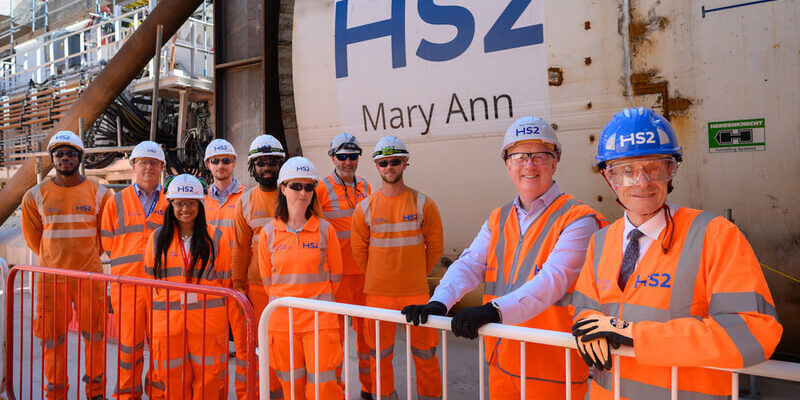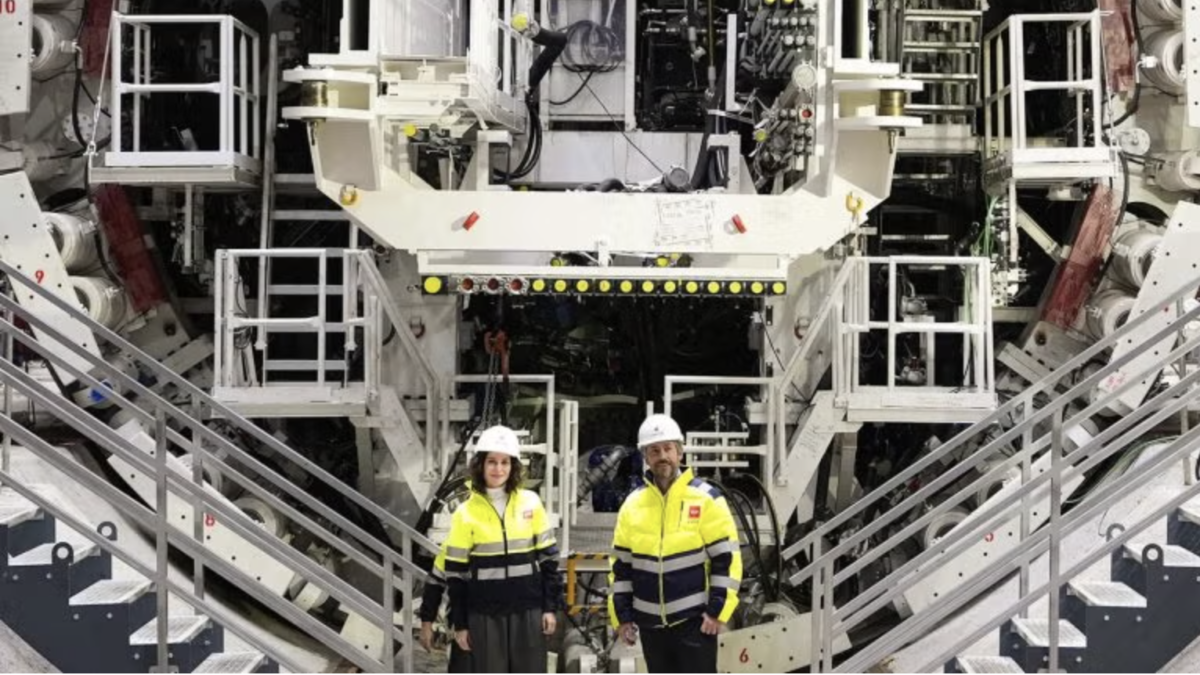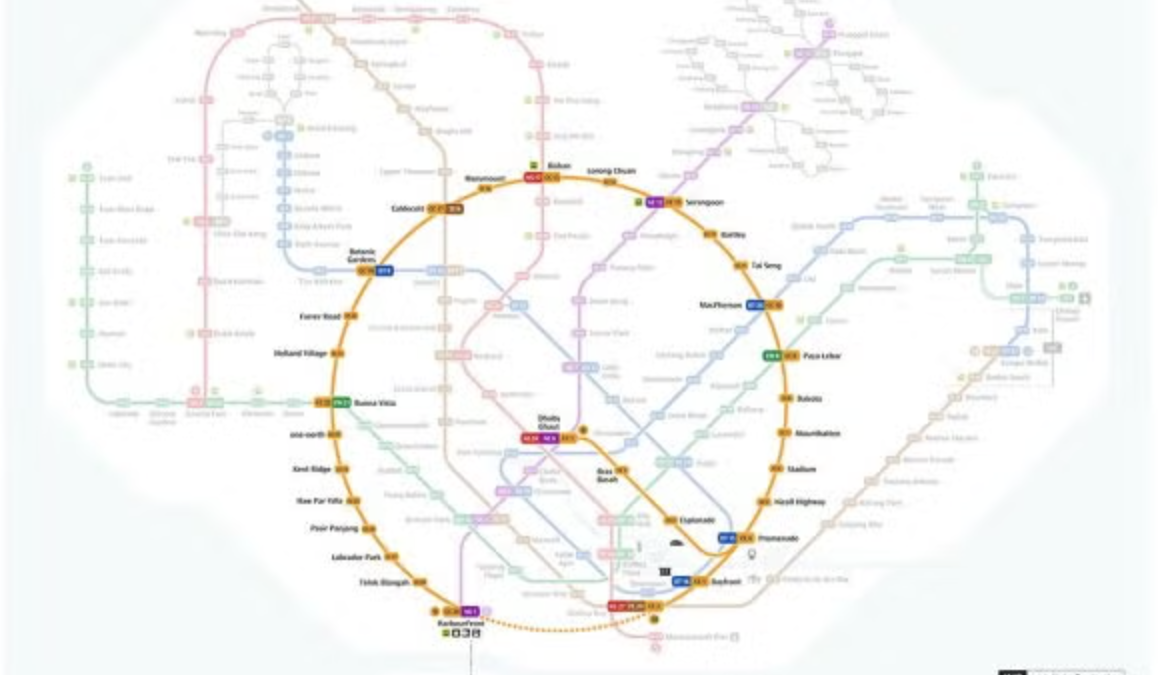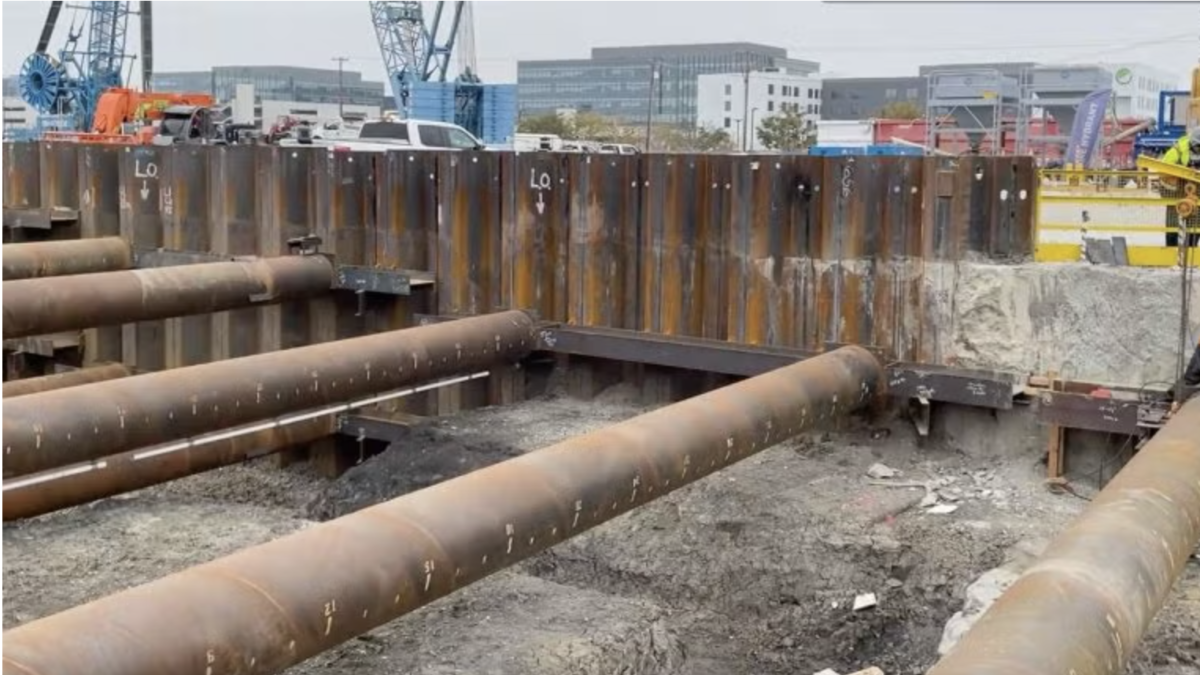
As the fourth twin-bore tunnel to be commenced on the high-speed rail project and located between Water Orton in North Warwickshire and Washwood Heath in Birmingham, the Bromford Tunnel with 5.6km length is due to be dug with specific TBM that has been unveiled by HS2.
While the tunnel will take trains into Birmingham as they approach Curzon Street Station in the heart of the city, time duration of completing each bore using this 125m-long TBM, operated by HS2 contractor Balfour Beatty Vinci, will be almost 16 months.
Considering that the Bromford Tunnel TBM gets ready for its journey, HS2 Ltd CEO Mark Thurston described the unveiling as a big construction milestone on the HS2 project.
According to Thurston: “There are nearly 9,000 people in the West Midlands working on HS2, with a 450-strong team working on this particular operation. This is one of 350 sites well under way on HS2, helping to support over 400 firms in the region, with over £1.7bn of contract awards for local businesses so far. Work is still ramping up, with two stations in the West Midlands still to be built, so there are many more contracts up for grabs.”
Following the final testing, the commissioning location of this TBM will be a 160x30m wide x 15m deep underground structure, which forms the east portal of the tunnel and sections of the machine including the massive 8.62m diameter cutterhead were lowered into the box where has been assembled over the last few months.
With 2m wide and 35cm thick for each segment and ring weighing around 49 tons, a total of 20,797 segments are going to be put in place by the TBM, making 2,971 concrete rings to form the tunnel.
Quantity of eliminated excavated material by this TBM will be 1.87 million tons, which are slated to be sifted at the on-site slurry treatment plant and reused on nearby sites at the Delta Junction.
The TBM is named Mary Ann after Mary Ann Evans, better known by her pen name George Eliot. Born in Nuneaton, she was an English novelist, poet, journalist, translator and one of the leading writers of the Victorian era. The name was suggested by the Warwickshire community.
















